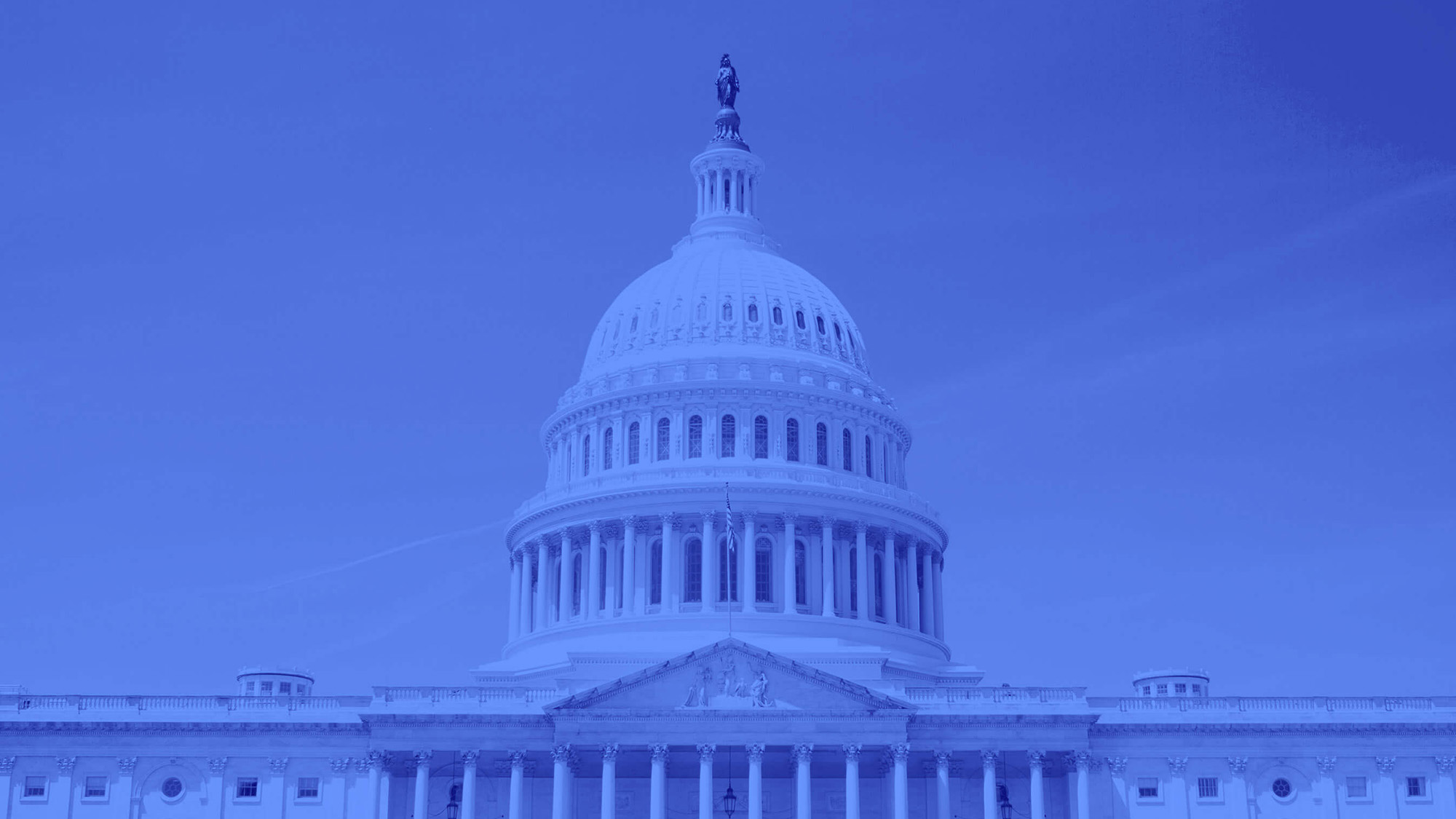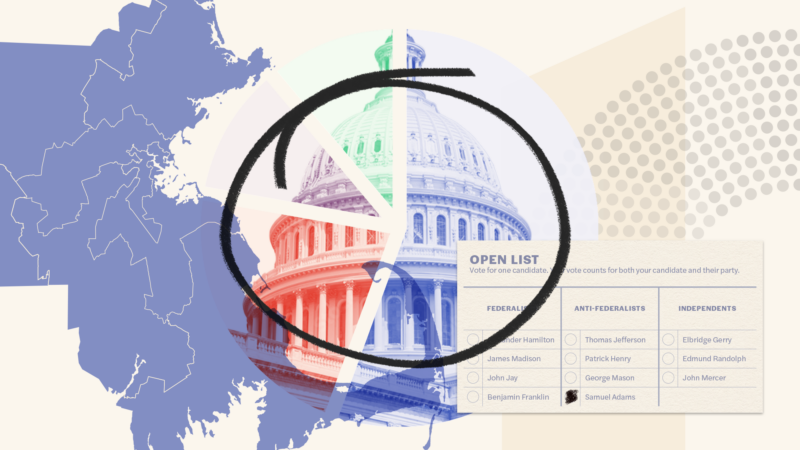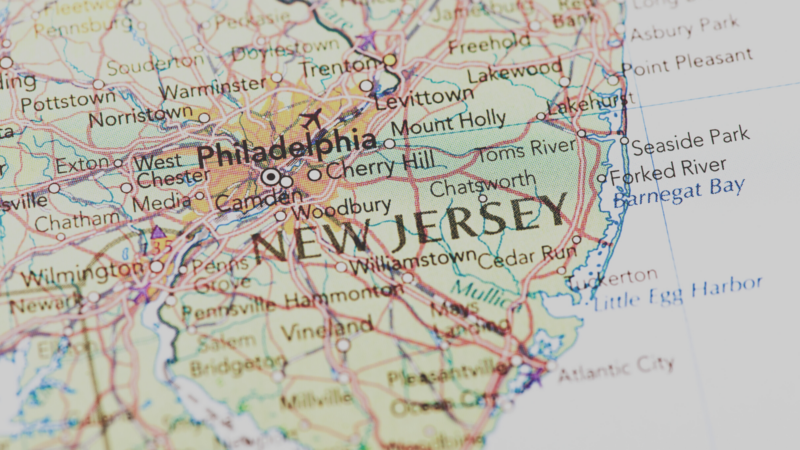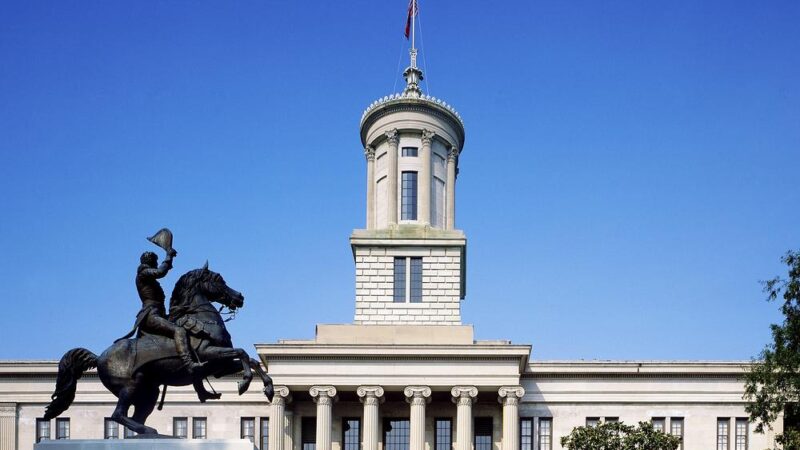More Than Red and Blue: Conclusion
- October 17, 2023
From More than Red and Blue: Political Parties and American Democracy

This report exists because political scientists are alarmed by the real possibility of serious democratic backsliding in the United States. Parties and partisanship have played and are playing a central role in this deepening problem. While the 2022 midterm elections have been interpreted as a rebuke of some of the worst forms of anti-democratic extremism on display in recent years, the threat to democracy remains. We cannot rely on voters alone to save democracy, especially considering the institutional weaknesses described by Christina Wolbrecht, Jake Grumbach, and Rachel Beatty Riedl in prior chapters.
As former APSA President John Ishiyama outlined in his forward, we need our political parties to act more responsibly. While the 1950 APSA report recommended more disciplined parties, Ishiyama focuses on the need for parties to behave better. Beyond their central role in advancing personal and policy agendas, parties are key institutions who have a sacred trust that requires adherence to democratic norms and the prioritization of protecting our democracy and making it function.
Like the earlier report, this one is a product of its times. Traditionally, our two major parties have been described as big tents — cacophonous and often unwieldy efforts to combine groups and interests behind a label to gain election. But today, partisans increasingly view members of the other party not just as political opponents but as deep threats to both the Republic and their way of life. Whereas messy compromise was once the hallmark of politics both between and within parties, party leaders in both the public and Congress increasingly demand discipline and loyalty behind an agenda from their followers and an unflinching commitment to victory over the greater good.
The Worst CaseThe Worst Case
Chapters in this report by Katherine Tate, Lilliana Mason, Zoltan Hajnal, and Keneshia Grant and Marcus Board, Jr. identify some powerful roots of the current conflict in debates over social and political equality. This conflict poses two very different visions for America that increasingly cast the other as an existential threat to their way of life and even the Republic. When the parties disagree about the nature of truth, citizenship, and the scope of democracy, common governance is damaged.
The partisan fight over social equality has heightened the emphasis on racial, ethnic and religious identities and brought some of the nation’s deepest rifts into the voting booth.1Mason, Lilliana. 2018. Uncivil Agreement: How Politics Became Our Identity. 1st edition. Chicago, Illinois; London: University of Chicago Press. Heightened emphasis on identity issues and comparative status by Democrats and Republicans has torn at the social fabric.2Kalmoe, Nathan, and Lilliana Mason. 2022. Radical American Partisanship: Mapping Violent Hostility, Its Causes, & the Consequences for Democracy. University Of Chicago Press. As the share of white Christian Americans has declined and social change has rapidly spread, Republicans have cast themselves as defenders against moral collapse. Democrats view themselves as advocates for even more progress toward pluralism and political equality.
These battles haven’t been limited to fiercely fought campaigns. Within institutions, adherence to norms has declined.3Levitsky, Steven, and Daniel Ziblatt. 2019. How Democracies Die. Reprint edition. New York: Crown. The perceived legitimacy of the Supreme Court, previously the most trusted of the three branches of government, has taken a beating.4Haglin, Kathryn, Soren Jordan, Alison Merrill, and Joseph Daniel Ura. 2022.“Americans Don’t Trust the Supreme Court. That’s Dangerous.” The Monkey Cage [blog], October 10. https://www.washingtonpost.com/politics/2022/10/10/supreme-court-public-opinion-legitimacy-crisis. Parties fight ruthlessly over nominations with Republican Senate majorities refusing to even consider nominations from Democratic presidents. Supreme Court decisions striking down longstanding precedents on hot-button issues like abortion and voting rights have sharply divided Americans and rolled back rights that many Americans had considered to be well-protected.
Outside institutions, America has seen an increase in intimidation at the polls and even violence.5Edlin, Ruby, and Turquoise Baker. 2022. “Poll of Local Election Officials Finds Safety Fears for Colleagues—and Themselves.” Brennan Center for Justice, March 10. https://www.brennancenter.org/our-work/analysis-opinion/poll-local-election-officials-finds-safety-fears-colleagues-and Most obviously, an insurrection attempted to overturn the democratic outcome of the 2020 presidential election, followed by years of election rejection from extremist right-wing candidates. Though electoral fraud remains virtually non-existent, false fraud claims have undermined the legitimacy of elections and served as a useful pretext for efforts to restrict the right to vote.6Feldman, Mas. 2020. “Dirty Tricks: 9 Falsehoods that Could Undermine the 2020 Election.” The Brennan Center for Justice, July 30. https://www.brennancenter.org/our-work/research-reports/dirty-tricks-9-falsehoods-could-undermine-2020-election Republicans cast Democratic efforts to ease access to the franchise as designed to benefit their party and even promote fraud. Democrats see Republicans restricting voting rights for millions of Democrats and voters of color. Responsible parties would work together to expand access to the franchise in a way that accommodates reasonable security concerns and reinforces electoral legitimacy. That isn’t happening.
The well-being of the nation falls aside when political leaders choose division and distraction as political strategies.
The potential remains for escalating political violence, further democratic breakdown, and an American government that is largely unresponsive to the needs of its people. When leaders prioritize partisan victory over national success, voters are left choosing between enemies and allies instead of evaluating candidates and performance. The well-being of the nation falls aside when political leaders choose division and distraction as political strategies. We hope that the insights from this report help to avert further democratic breakdown.
American Democracy TodayAmerican Democracy Today
As Susan Scarrow notes in this report, trust in political institutions is low, which can serve as a healthy check on political leaders but also may gradually undermine their legitimacy. Trump-allied Republicans have repeatedly attacked the legitimacy of American elections, most infamously during the January 6th attack and failed coup attempt at the U.S. Capitol. Beyond further eroding public trust in government, these actions represent an erosion of political norms that ultimately undergird any political system during the day-to- day operation of government. These problems are not unique to the United States. In much of the world, new populist and anti-system parties are grabbing votes and even power in both new and well- established democracies.
Beyond threats to democratic institutions that are the heart of American civic values and our national project, partisan conflict and anti-democratic extremism increasingly prevent the government from functioning as it should. Showing a wise desire to protect liberty and freedom, the Founders separated powers among the executive, legislature, and the judiciary. But this separation means that compromise is required to make government work, especially since enacting legislation requires consent from a House, Senate, and President elected by different means. Control of these institutions is often split between the parties, which often prioritize blocking the initiatives of the other — if only to deny the other side a victory — even on pressing issues that seem open to compromise through the “pulling and hauling” of the legislative process. Public opinion is increasingly disconnected from government action in this environment.
Hope in ReformHope in Reform
Parties were formerly much more ideologically diverse than today, with primaries that encourage candidates to hew to strident positions often viewed as the culprit.
But abolishing or tweaking primaries is no panacea. Seth Masket and Hans Noel explain that there is little evidence that primaries now result in nominees more extreme than the party membership, so other nomination mechanisms would likely change little. Even opening primaries to independents or all voters has little effect, since this change primarily attracts unaffiliated voters who agree with the extremes. Consider that in 2016, the unaffiliated participants in open presidential primaries were more likely to vote for Donald Trump and Bernie Sanders than other more moderate alternatives.
At the same time, primaries have led us into a political cul-de-sac. Expecting the situation to change while maintaining the same incentive structure appears a triumph of hope over experience. Two chapters here suggest potential alterations to our electoral system with greater potential to break current logjams than open primaries. Jack Santucci, Matthew Shugart, and Michael Latner discuss the possibilities for open list proportional representation. Contrary to our current winner-take-all system, this could allow parties to win a share of seats that roughly corresponds to their share of votes, with voters having a say on which candidates within each party receive seats. Rather than encouraging sharply competing political forces to remain uneasily united within two major parties, it could allow multiple parties to form, which would enable both majority rule and varying governing coalitions.
Alternatively, David Lublin and Benjamin Reilly explain the potential virtues of ranked choice reforms, particularly final-five voting. Polarization has decimated the moderates that greased the wheels of dealmaking in Congress by making it hard for them to survive party primaries where victory is needed to advance to the general election. Final-five voting eliminates the party primary and would allow candidates with a range of views, including moderates, to advance to the general election. It provides incentives during campaigns and while governing for candidates to reach out to other voters in order to amass majority coalitions.
This report is not designed to advocate for any particular set of reforms but instead to inform the debate. The literature is discouraging on the possibilities for ameliorating the partisan and extremist incentives that inhibit the function of the federal government and erode democratic norms and institutions. However, experimentation has been one of the virtues of America’s federal system. Some states, like Alaska and Maine, are already trying out new ranked choice systems. Proportional representation perhaps requires a shift from a candidate to party centered system. But strong partisanship makes this a much smaller leap than in the past and open list approaches allow candidate choice. Importantly, any changes will have to consider not only their ideological impact but the representation of America’s highly diverse population. Fortunately, neither proportional representation nor ranked choice are inherently inimical to maintaining these gains and may even provide new opportunities for inclusion. We remain hopeful that change is possible.
The Road AheadThe Road Ahead
Regardless of the choices made by potential reformers, we are likely in for a long commitment to the project of protecting American democracy. The goal remains a functioning, representative, pluralistic American democracy capable of protecting and empowering all its citizens — with a realistic assessment of authoritarian threats, wherever they originate. We hope this report provides a solid grounding for reformers, so that they have the tools to make quick progress in the most productive directions. The project of protecting American democracy is urgent.
The analysis, views, and conclusions contained herein reflect those of the author(s) and do not reflect the views of the American Political Science Association or Protect Democracy.
Related Content
Join Us.
Building a stronger, more resilient democracy is possible, but we can’t do it alone. Become part of the fight today.
Donate
Sign Up for Updates Sign Up for Updates
Explore Careers Explore Careers
How to Protect Democracy How to Protect Democracy



